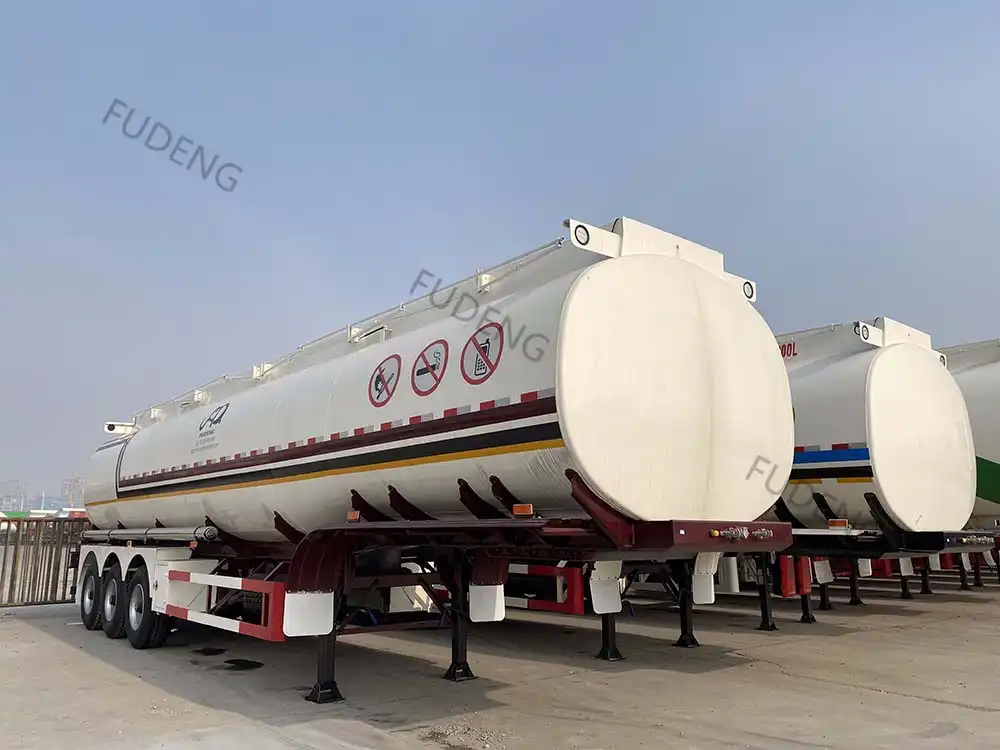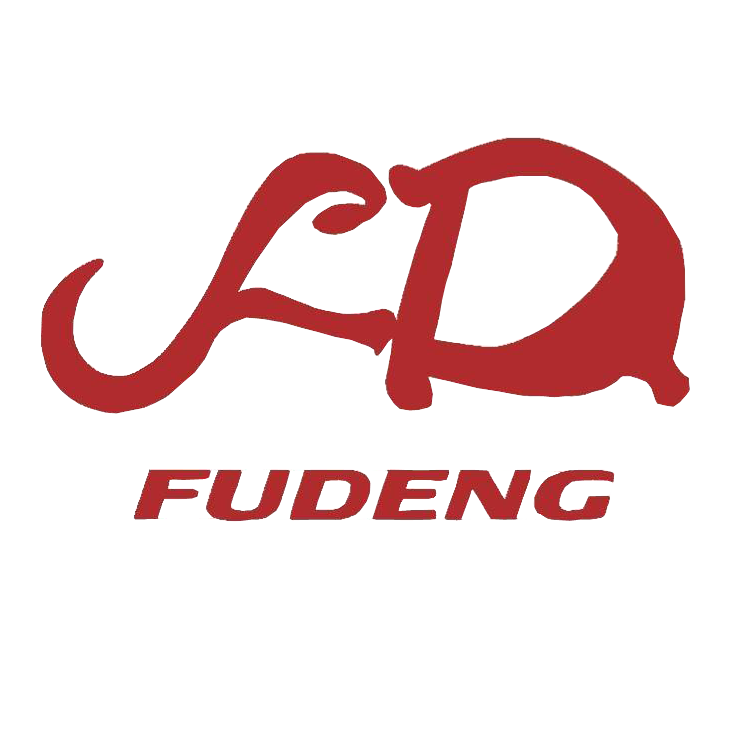Tanker trailers are transport vehicles with a tank-shaped body. They carry various liquids, liquefied gases, and powdered goods. These include gasoline, crude oil, and thick oils. Also, vegetable oils, liquid ammonia, alcohol, water, acids, bases, cement, and lead powder. Tank trucks are very important in transportation. They make up about 18% of trucks.
Structure:
Although there are many tank truck models, they are all integral load-bearing structures. The body of most tank trucks is composed of two major components: the tank body and the chassis.
The Tank Trucks Body:
The tanker’s tank body is a horizontal cylinder. The cylinder is welded from upper, bottom, and end plates. The upper plate is made of 9mm thick steel plate and rolled into a highway tank model. Due to the high stress, the bottom plate is made of 11mm thick steel plate, which accounts for about 1/4 of the circumference of the entire cylinder. The end plate with a thickness of 11mm is hot pressed into a spherical convex panel with a transition arc. The spherical radius of the end plate of a general tank truck is about 3500mm, and the transition radius is 100mm. The tank body cylinder plate is made of ordinary low alloy steel. The plate is 8mm and 10mm thick. The tank body’s diameter grows as its volume increases. The inner diameter of a tank with a volume of 30 cubic meters is 2100 millimeters.
For a tank with a volume of 50 cubic meters, the diameter is 2600 millimeters. And for a tank with a volume of 60 cubic meters, the diameter is 2800 millimeters. Also, practice has shown that the impact on the end plate of the tank body is not so big when the liquid is not filled. So, the air bag has been removed from the tank trucks made now. In order to ensure that the total volume of the tank remains unchanged, the length of the tank has been extended to compensate for the volume of the air bag. At this point, there is a ruler in the tank to limit the oil load. It leaves space for liquid expansion to prevent overflow.

The Tank Trucks Chassis:
The tank body is very stiff. It bears most of the weight of the liquid. It then transfers the weight to the steering tank frame through brackets and sleepers. Therefore, the tank car chassis mainly bears the horizontal longitudinal traction impact force. The middle beam is generally made of two channel steels, with an 8mm thick upper cover plate in the center. The tank body’s lower saddle plate is welded to the cover plate. There is an oil gathering or drainage hole in the center of the cover plate. There are also drainage pipe holes at both ends (when there is a heating sleeve).
The part of the middle beam near the center plate is welded with a reinforcing lower cover plate. Sleeper beams generally adopt a box shaped cross-section, on which a tank bracket is installed. It is composed of webbed plates and padding wood. The webbed plates are riveted or welded to the steel plate of the sleeper beam and molded and welded into a groove shape. On the end beam and sleeper beam, so that the tank body can be supported on it by wooden pads. The end beam is made of 6mm thick steel plate molded and welded into a groove shape. There is a side beam between the end beam and the sleeper beam. It is mainly used to add stiffness to the end and shift some forces to the sleeper beam. In addition, the chassis is also equipped with railings, walkways, handrails, foot pedals, etc.

Underframe Tank Trucks:
Due to the cylindrical structure of the tank car, which has high strength and stiffness, the tank body can not only bear the weight of the liquid it contains, but also the longitudinal force acting on the tank car, without the need for a chassis. There is no center beam, side beam, or crossbeam between the two sleeper beams of the frameless tank car. The tank body is welded together with the traction beam and sleeper beam, eliminating the connection device between the tank body and the chassis and eliminating the need for clamps. This can reduce the weight of the tank car and fully utilize the load-bearing role of the tank body’s metal materials. The difference between the tank body of a tank truck without a chassis and that of a tank truck with a chassis lies in the supporting parts at both ends. The traction beam and sleeper beam of the frameless tank truck are welded to the tank body to transmit longitudinal forces.
